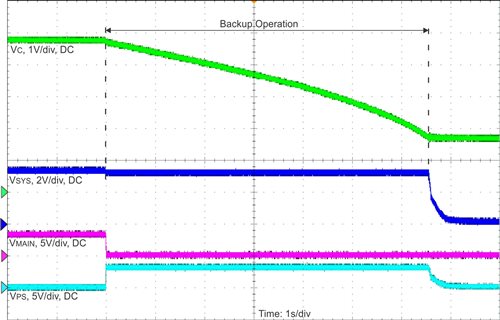Figure 1: Backup power lasts for 6.5 seconds
Everyone wants reliable smart meters. Utility customers want them so that the utility knows exactly when there is a power outage without the customer having to tell them. Early notification allows the utility to move quickly to restore power. The utility wants them so that they don’t miss even a portion of customer usage. After all, they can’t charge you for consumption if they don’t know for sure what you consumed.
One aspect of reliability is ensuring that the smart meter electronics always have enough power to perform the required tasks. A backup power source is usually required to properly handle the inevitable power losses that all meters face. During the short backup time, the meter records utility customer usage and sends a warning back to the utility. For meters powered from just a lithium primary battery, the backup power source may also serve the role of buffering the battery to provide peak power for data transmission. A single super capacitor (super cap) performs this role, as shown in the TI Designs Energy Buffering for Long-Life Battery Applications Reference Design.
Two super caps store twice the energy of one. Furthermore, two super caps connected in series support twice the voltage of one. Systems needing longer backup times or higher power during backup require a higher storage voltage or more energy storage. Connecting two super caps in series, however, presents a couple of challenges: how to balance the voltage on each super cap and how to charge them to the higher voltage in order to store more energy.
When connecting super caps in series, the voltage on each capacitor must remain within its rating. For example, if two 3V-rated capacitors are connected in series and charged to 6V total, slight differences in capacitance, equivalent series resistance ESR, leakages and so on can unbalance the capacitors such that one carries 4V while the other has only 2V. Clearly, this is not a reliable situation, since the 4V exceeds the capacitor’s 3V rating. While you could use passive resistors to overcome small differences in leakage currents that could lead to imbalance over time, you must use an active device instead to keep the voltages balanced during the high-current charging cycle.
The TI Designs Supercapacitor Backup Power Supply with Active Cell Balancing Reference Design does just this. Figure 1 shows the simple design, which charges and discharges two super caps while balancing them. For more details, see the test report.
Figure 2: Simplified block diagram of the backup power system
This design also charges the super caps to a higher voltage than the main input-power source. Assuming a 3.3V or 5V input power source, the TPS63020 buck-boost converter boosts the voltage up to 5.5V on the super caps. When backup power is needed, it efficiently regulates the varying super-cap voltage to the system for the backup time. Figure 1 shows that, with two stacked 3F super caps, the buck-boost converter provides 1.5W to the system for 6.5s.
Just want to use a single super cap? Here’s a simple way to get nearly all the power out of that super cap and drain it all the way.
What backup power scheme do you have in your smart meter?


